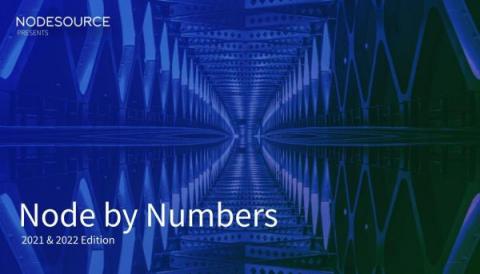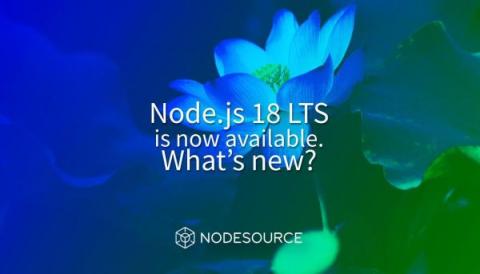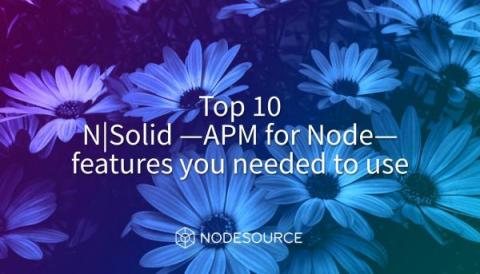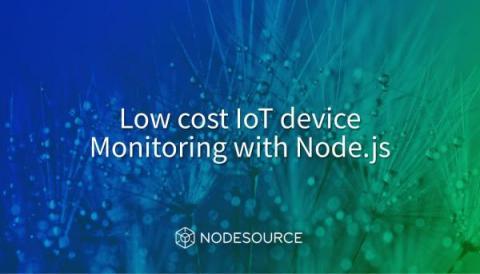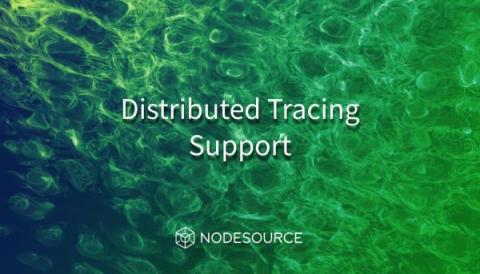Nodesource Node.js Binary Distributions 2021 & 2022
NodeSource Node.js binary downloads keep increasing monthly, providing millions of users worldwide with the power of Node.js. This blog post gives us important insights into using Node.js across Linux environments and the Node.js community in general. Nodesource has been packaging and distributing Node.js for Linux environments for 9 years. Every major and minor release, as well as security updates. We’ve seen a massive increase in downloads every year.


